IT application support and maintenance play a vital role in the dynamic tech landscape inside each business. In this article, we will delve into the future of this critical domain to gain a deeper understanding of customer challenges and service value.
You will get:
- valuable advice on maintaining software applications;
- guidelines for choosing an IT outsourcing partner;
- information about the main types of services;
- knowledge of some good practices.
The Future of Software Application Maintenance and Support
“80% of the total cost of an application is concentrated in its post-market support.” (Improving Application Maintenance, Deloitte US)
A Deloitte research also highlights the strategic importance of investment in application maintenance and support. For 2023, the company reports that approximately 43% of the annual investment of businesses in IT is in maintenance activities. Half of them are for new development projects, and the other half goes to the maintenance of existing systems.
Application Maintenance and Support: Challenges and Solutions
Business operations depend highly on IT infrastructure. Failures in its management can lead to financial and brand authority losses. Here are a few challenges that occur often.
Need to expand internal IT resources due to business growth
As a business grows, so does the need for IT resources. The challenge lies in scaling up while maintaining the necessary expertise of your employees.
The digitization workplaces has led to an over-demand for software solutions and qualified specialists. Businesses suffer because they face difficulties meeting this demand.
According to an Appian research:
- 72% of the companies surveyed do not believe that their team can cope with the demands of the business in the coming years.
- Only 28% of companies say they meet expectations and have the tools and processes to grow according to (IT) needs.
- The companies that can cope with the current demands are on the edge.
Increased operating costs to maintain an IT team
The “Large Enterprises Succeeding With Low-Code” study of Forrester included the following findings:
- 74% of teams cannot develop requested solutions as quickly as the business requires.
- 65% say they need more technical skills or knowledge to address current challenges.
Risks of ineffective application support strategies
Support inefficiencies can lead to delays and user dissatisfaction. Meanwhile, working on several projects with unclear priorities can lead to improper use of resources or difficulty in allocating them. Poor prioritization can overwhelm the IT department and prevent timely response to problems as they arise.
Increased downtime and poor support due to limited resources and expertise
Several main factors affect the length of time an application is down:
- Delays in resolving issues resulting from an unprepared IT team or ineffective application support. That may extend the time an application is down due to a system crash.
- Lack of monitoring and poorly implemented problem management procedures further compound the problems.
- Other reasons include ineffective incident response, unplanned outages during updates, and overloaded systems.
“Locking” knowledge in employees
That happens when one particular person owns all the know-how for an application. Then, the whole team is highly dependent on one person, leading to misinformation and resource blocking.
Potential risks for corporate reputation
Ineffective application maintenance and support affect user perceptions of the application’s reliability, usability, and security. It also undermines customer confidence. Your business may find itself at a competitive disadvantage and lose market share.
Financial losses due to security breaches
Prolonged periods of application downtime result in disrupted operations, loss of revenue, and reduced productivity. Issues affecting the user experience can cause people to switch applications, which is a threat to recurring revenue from subscriptions, licenses, or service fees. In addition, the business may lose market share to competitors with better-quality products.
Financial losses can expand due to increased customer acquisition costs or inefficient allocation of internal IT resources. Untimely responses can generate higher emergency maintenance costs, including overtime pay.
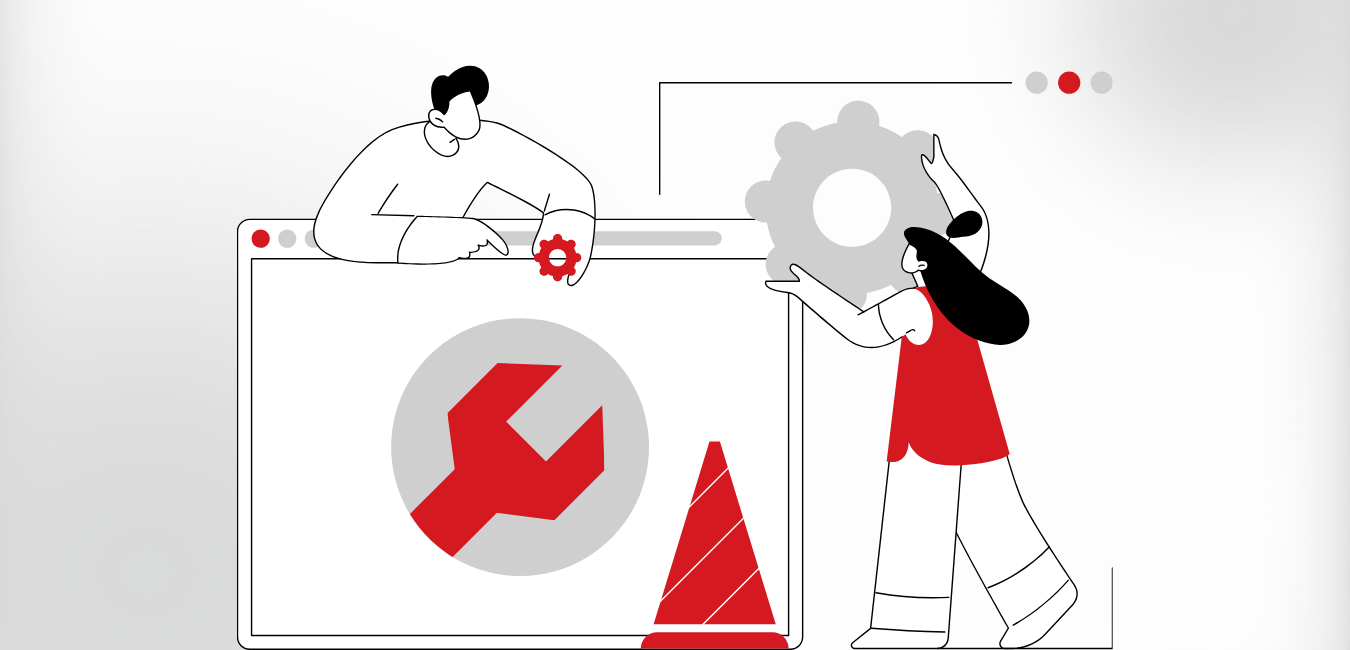
How to Choose a Suitable IT Outsourcing Partner for Application Maintenance and Support?
To ensure a successful and productive partnership, consider the following factors:
Match the company’s needs with the experience of the IT outsourcing partner
Match your needs and requirements with the experience and capabilities of the service provider. Evaluate their experience working on similar projects, their industry knowledge, and their experience working with the technologies embedded in your applications.
Influence of geographic location
The location of your IT outsourcing partner may impact their communication and response time to issues that arise. Consider the difference in time zones and consider whether it is in favor of smooth and timely support.
Reputation among existing customers
Gather information about the reputation of potential vendors through references and descriptions of completed projects. They can provide valuable information about the reliability and quality of support services.
Possibility to expand the scope
Discuss the scalability and flexibility of the potential service provider. A long-term partnership should be able to adapt to changes in the scale of your applications, support requirements, and overall business growth.
Technical skills and certifications
Make sure that the outsourcing company has the necessary expertise in the technologies related to your applications. Check what certificates their employees have and whether the company has any regional or industry-specific standards.
Also, being part of associations with high applicant screening criteria indicates a commitment to keeping up with the industry and technical standards.
Using these guidelines and your business requirements, you can create your process for evaluating IT outsourcing partners to maintain your applications.
Types of Application Maintenance and Support Services
Custom Application Support
The service focuses on improving application stability through systematic evaluations and improvements in code and functionality.
To monitor applications, the IT outsourcing company may implement performance-tracking systems. In addition, with a systematic process for detecting errors and immediately fixing them, the team can maintain the application’s integrity.
Learn more about Custom application support.
DevOps and Configuration Management Services
Automated DevOps operations ensure seamless application updates and enhancements. They contribute to reducing maintenance costs and increasing productivity at the same time.
Environment Maintenance & Automation
Implementing automation in maintenance tasks optimizes productivity, reduces errors, and simplifies processes.
Monitoring and Reporting
Automated monitoring mechanisms provide information about application performance in real time. The service provides regular updates to address discovered vulnerabilities. Timely response minimizes incidents.
Application Deployment and Implementation Process Design
Provide maintenance activities for your applications, covering everything from setting up basic configurations to building entire environments from scratch. That provides flexibility as different business requirements arise.
An experienced vendor will adhere to industry and internal standards regarding security, environment design, and configurations.
Get guidelines for choosing an IT outsourcing partner aligned with your specific needs. Download our guide here.
Change Management
Robust change control procedures help control risks during updates, fixes, or new feature deployments. Subsequent detailed inventories of changes, configurations, and implementations make the process transparent and traceable. Pre-deployment preparation includes extensive testing, documentation reviews, and implementation of validation procedures. All that prevents problems during the implementation phase.
Benefits of (Outsourcing) Application Maintenance and Support
Maintaining software applications involves proactive activities to ensure functionality, stability, and security. They include fixing bugs, applying updates, and optimizing performance. On the other hand, application support is helping users with technical issues, providing guidance, and training them. It provides a smooth user experience.
It takes time to plan what needs to be maintained, assign tasks, and track work done. One business can achieve higher returns if it outsources that responsibility. They have control over how much to delegate to the service provider to avoid a direct financial impact on the bottom line.
Here are some of the benefits in more detail:
Performance optimization
In their study, IDC declared that maintaining application productivity can increase employee productivity by 40%. That allows them to focus on core tasks instead of struggling with slow applications.
Ensuring continuity of business processes
A well-maintained application runs more efficiently, can improve performance, and can support smoother operations.
Another Gartner study found that with proper maintenance and support, companies can reduce application downtime by up to 70%, minimizing lost productivity and revenue.
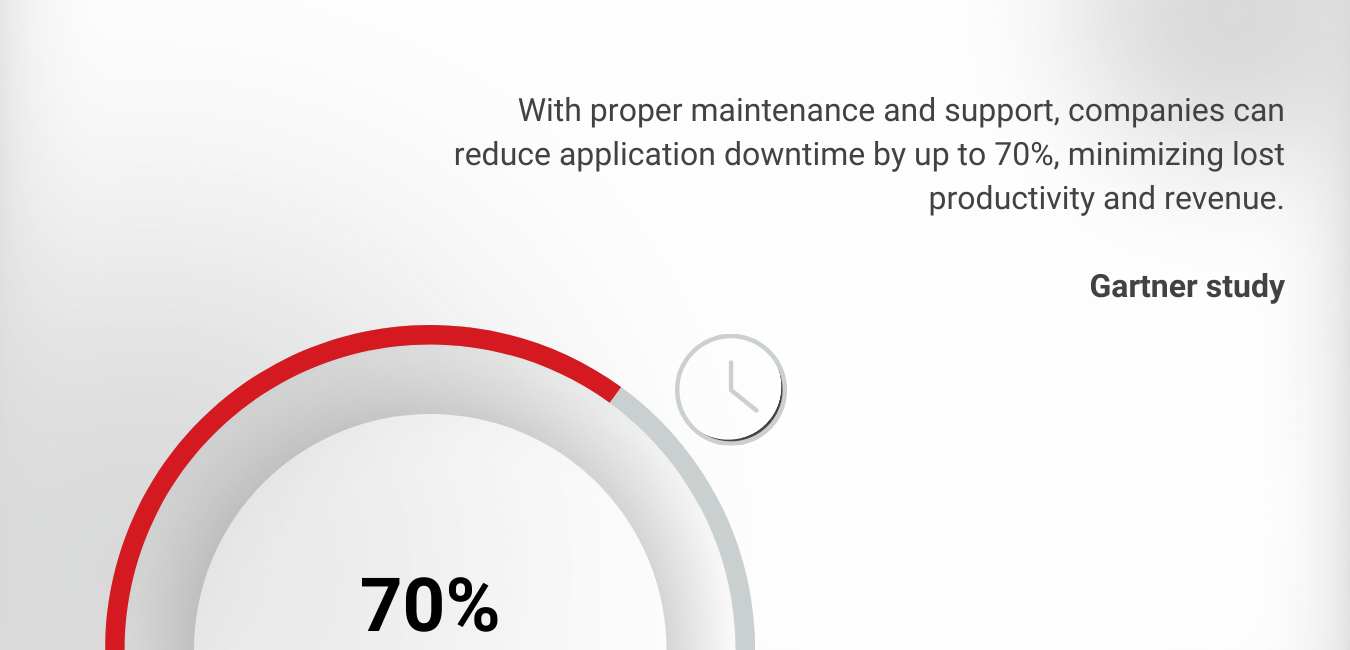
Protecting vulnerable parts of applications
Comprehensive support also brings with it increased security. Software updates often include security patches that address vulnerabilities, ensuring the application remains protected against cyberattacks.
Adapting to change
We started the article by saying that the technology landscape is constantly evolving and growing. Application maintenance and change management relieve businesses of the need to provide and maintain training resources, budget for education, and spend time recruiting — all in an ever-changing environment. These services can include upgrading existing applications to providing on-site technical resources. Freeing up internal resources enables the organization to focus on other areas while ensuring access to modern and stable solutions.
Positive user experience
According to Aberdeen Group, effective application performance leads to an 85% improvement in user satisfaction, boosting customer loyalty and engagement.
In conclusion, partnering with an application maintenance service provider gives businesses greater flexibility, lowers operating costs, and spares human and time resources for other priority tasks.
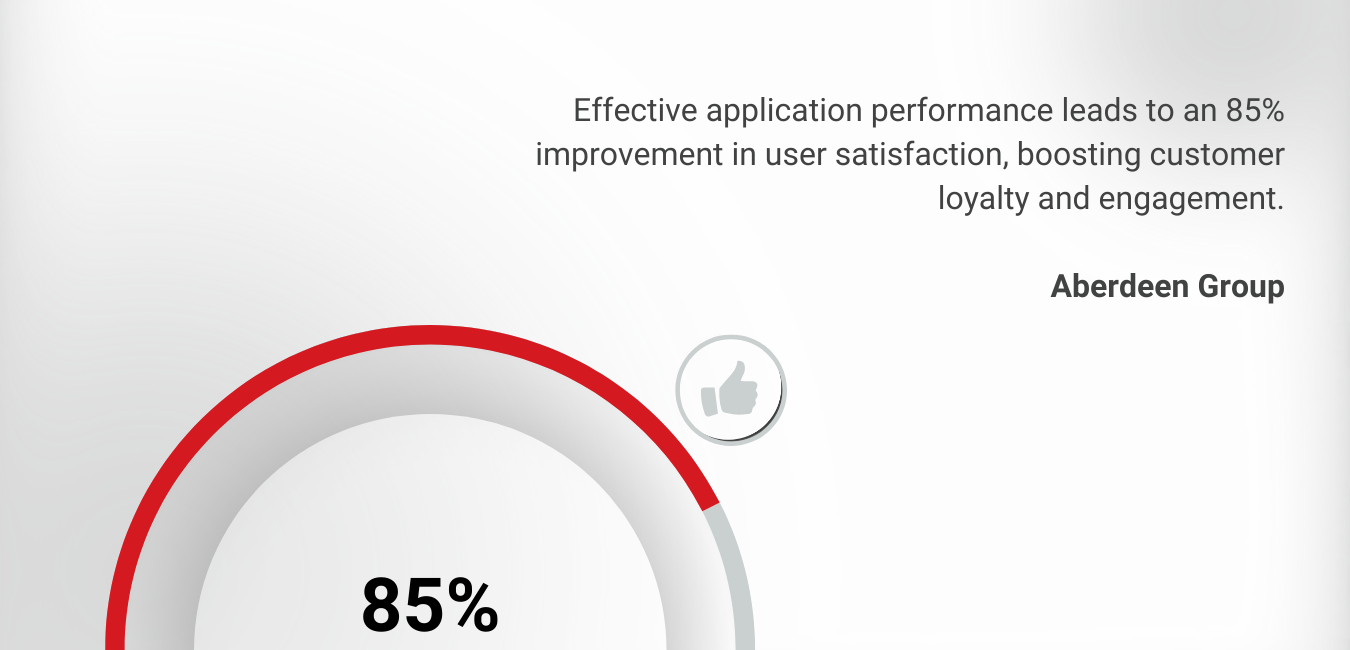
Best Practices for Business Continuity and Customer Satisfaction
Application maintenance is critical for ensuring business operations continuity and high levels of user satisfaction. Here are some good practices you can adopt:
Create a structured maintenance schedule
A structured maintenance schedule includes advance scheduling of updates, fixes, and optimizations. Segmenting maintenance periods based on time zones and distinguishing between production and test environments can minimize user activity interruptions.
Clear rules and methods of communication
Establish policies and methods for effective communication to ensure both parties are well informed of upcoming maintenance activities, updates, and fixes. Select channel(s) for communication and provide key stakeholders access to them.
Regular evaluation and continuous improvement
Conducting regular assessments of priority application uptime metrics after maintenance activities allows tracking of the impact on application performance. These assessments can be a starting point for planning improvements in the maintenance process. Continuous improvement is a proactive approach to addressing potential issues, limiting disruptions, and increasing overall customer satisfaction.
Quick response to newly registered problems
Implementing a system that allows users to report issues and quick responses demonstrates a commitment to effectively addressing concerns. This approach instills confidence in users by assuring them that their feedback is valued and acted upon immediately.
Testing in a non-production environment
Practices before releasing a new version should include testing in a non-production environment. The goal is to identify problems that need to be fixed and prevent them from reoccurring. Testing ensures application reliability and prevents unplanned outages.
Simplifying processes
Simplify workflows, automate repetitive tasks where possible, and eliminate unnecessary complications. That reduces the likelihood of errors and allows the maintenance team to focus on critical tasks, ultimately improving the overall support structure.
These practices can help you create a robust framework that ensures the continuity of business operations, prevents unplanned outages, and increases user satisfaction.
Achieving Round-the-Clock Excellence with Application Maintenance & Support Services
A reliable IT outsourcing partner can bring you permanent access to qualified IT resources and continuous round-the-clock utilization of their rich expertise and skill sets.
We made such an achievement by collaborating with a leading company in the US automotive finance sector. We helped the client overcome challenges in maintaining the software development lifecycle of their in-house systems due to rapidly growing business needs.
“With the help of TSD’s IT staff augmentation services, our client achieved extended technical capacity and productivity, increased IT department efficiency and round-the-clock operation cycle, optimized development cost, and added business value.”
Download the case study to uncover the full story of the financial conglomerate and the success our IT staff augmentation partnership brought to them.
If your organization is struggling with similar challenges, take the first step toward your solution.
Book a free IT consultation with an expert from our team to discuss your goals. Let’s strategize on relieving your team of the responsibility of application maintenance and support, turning it into a value proposition for your customers.
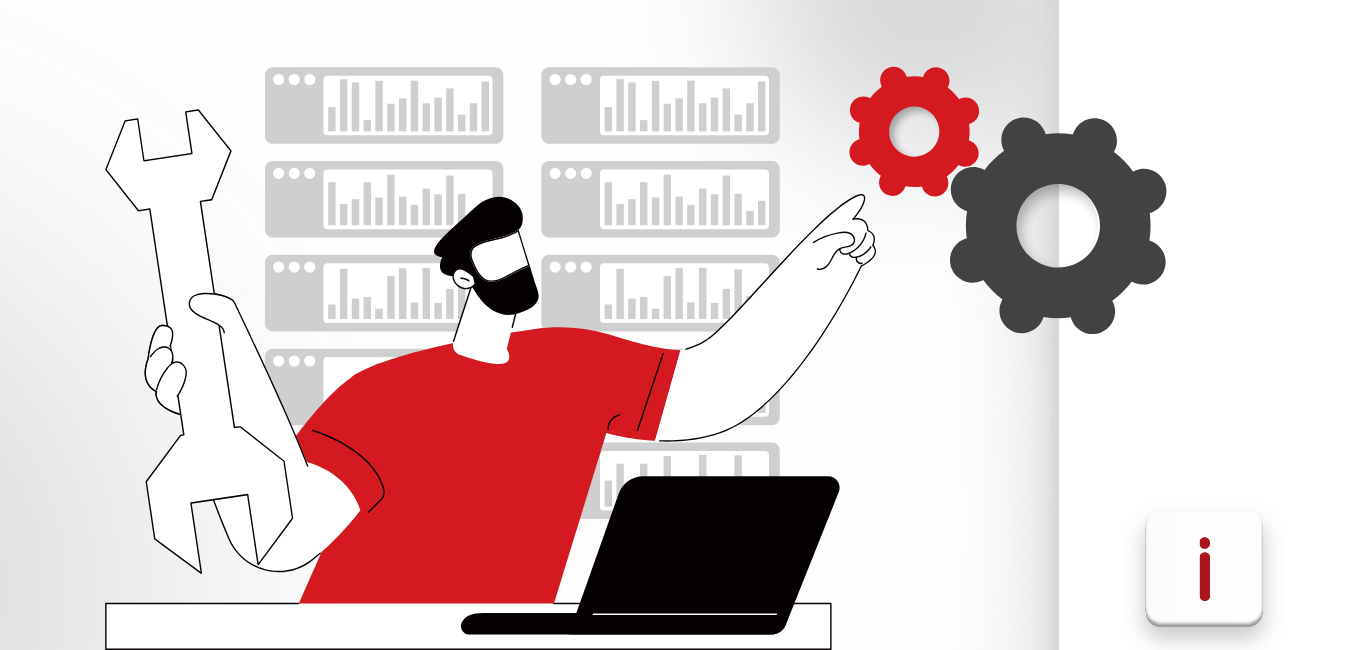
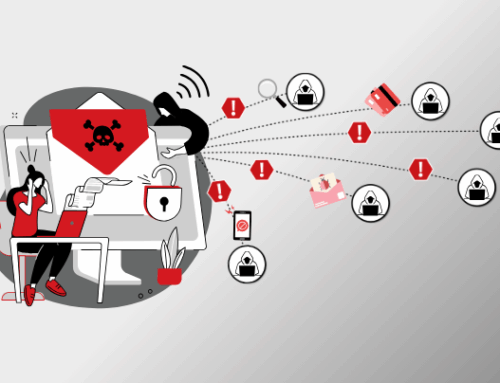
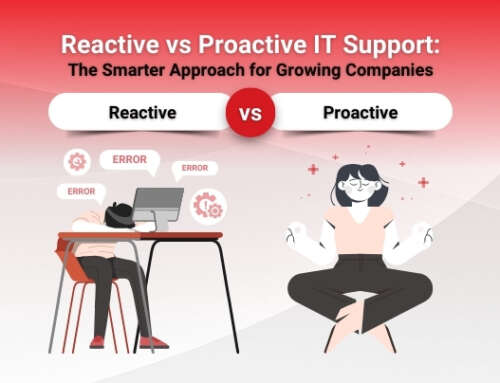
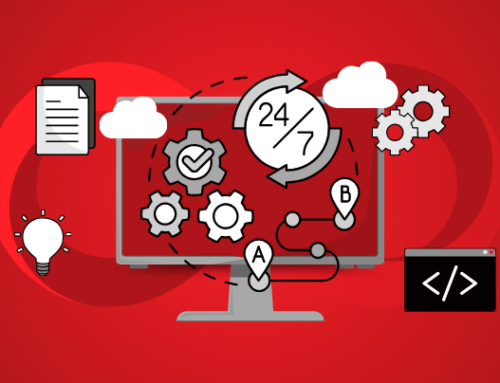
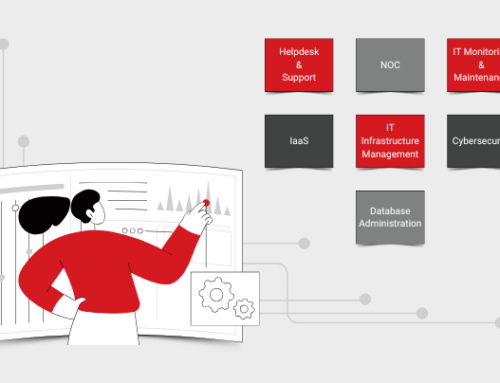
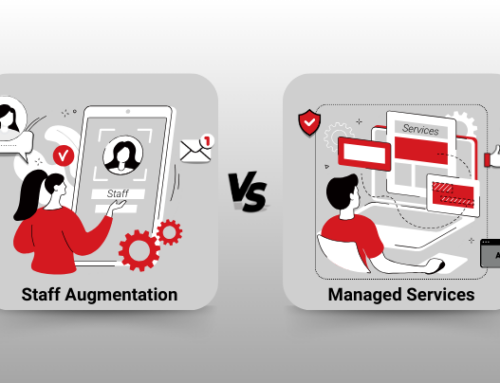
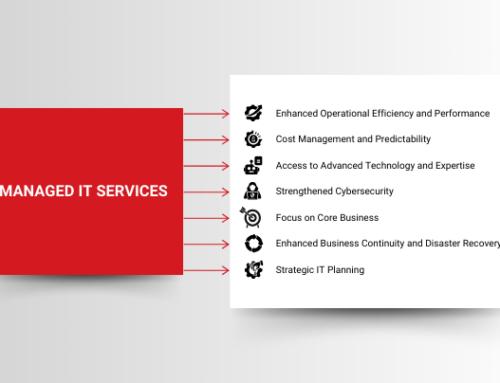


Leave A Comment